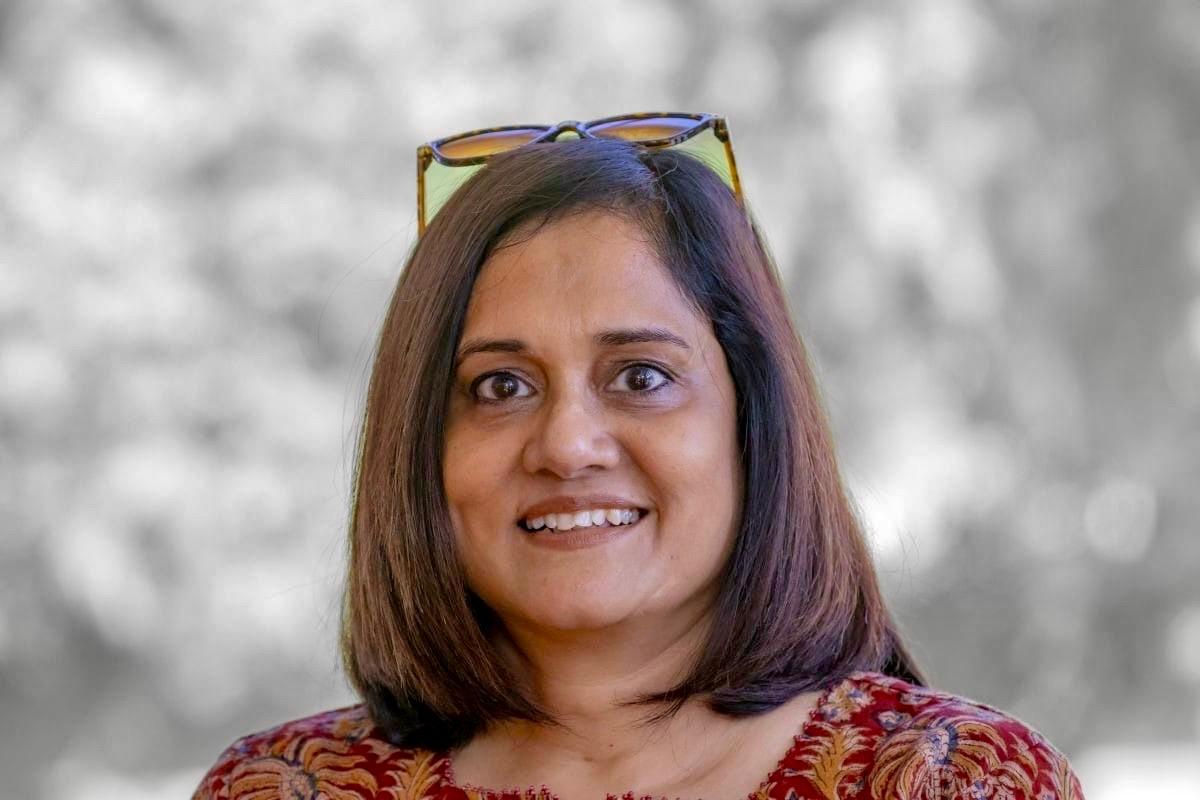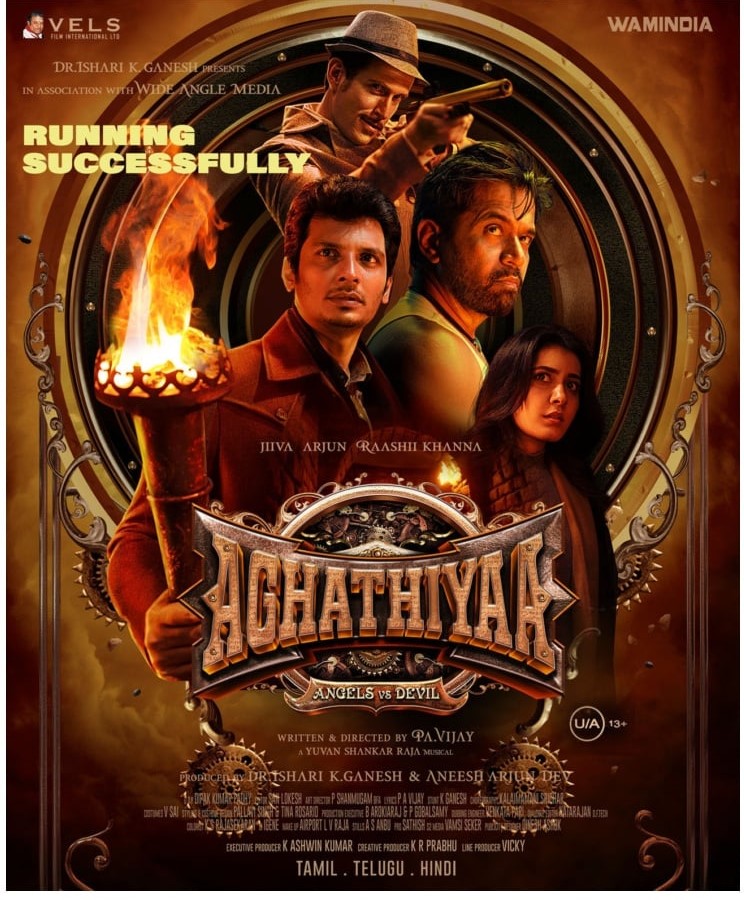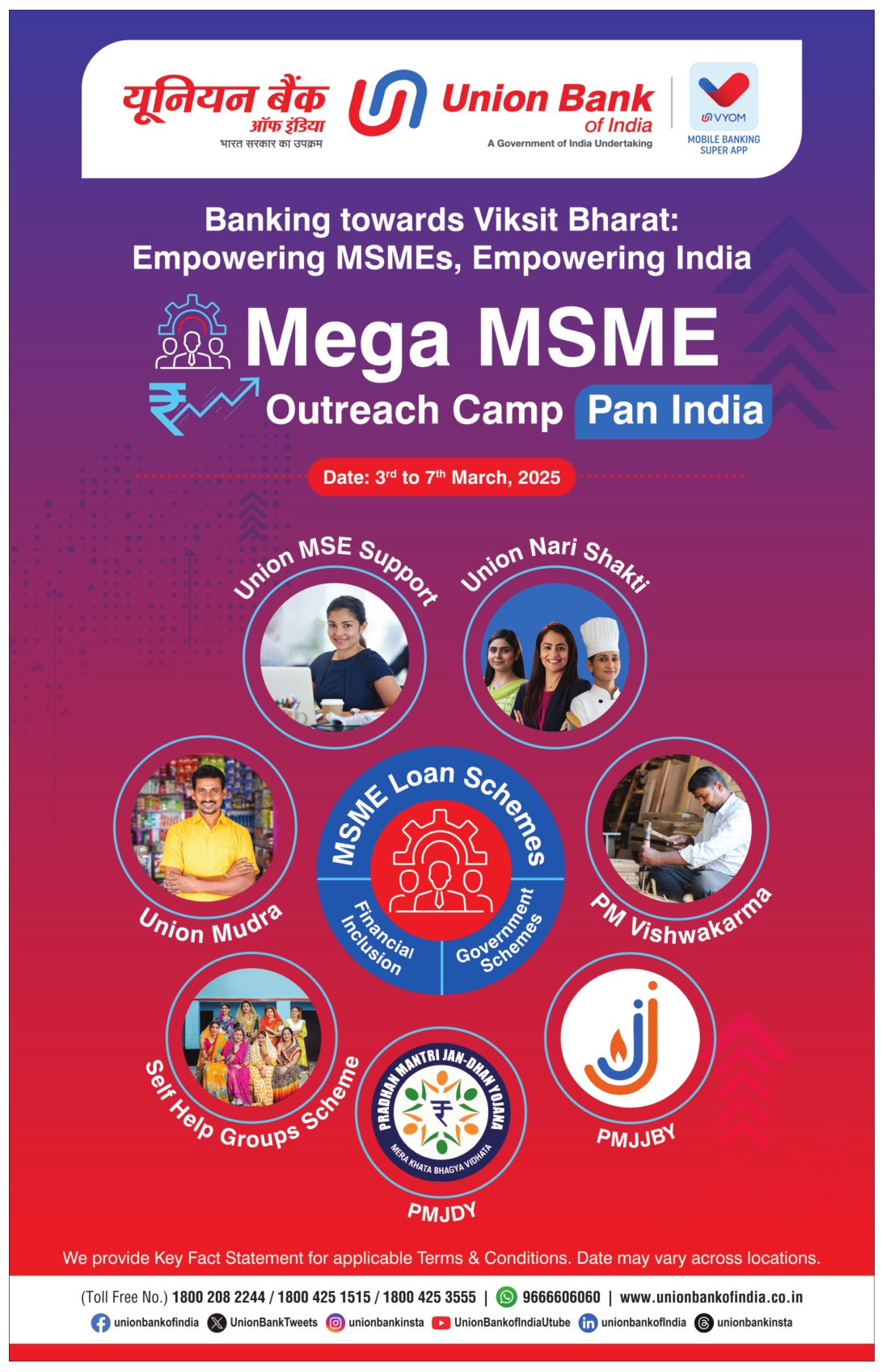CNN Central News & Network–ITDC India Epress/ITDC News Bhopal: This special article is written by Jaya Verma Sinha, the first woman Chairperson and CEO of Indian Railways, focusing on the contributions and innovations of Indian Railways.
Our diverse country is unique in many ways. In India, we have a tradition of looking at things from a different perspective. For us, the Ganga and Godavari are not just rivers but life-giving mothers. Music is not merely a source of auditory pleasure but a means of spiritual practice. Similarly, for Indians, the Indian Railways is not just a train with an engine and a few carriages. It is a bridge that connects workers, farmers, soldiers, and millions of citizens emotionally with their families and loved ones. It represents both the Government of India and the aspirations of the people, uniting the vast diversity of India as it traverses tracks from east to west and north to south.
The real test of these aspirations comes every year during the festive season when millions of Indians working far from home travel back to their families. These hardworking individuals, carrying dreams of reuniting with loved ones after a year of toil, embark on their train journeys as part of a massive movement. The sheer scale can be overwhelming, especially during festivals when the influx of passengers requires not only seamless train operations but also well-organized facilities at railway stations, such as ticket counters, food arrangements, and accommodations. This is made possible through the efforts of railway staff and volunteers from non-governmental organizations.
Indian Railways has decades of experience managing the movement of millions of passengers during festivals, but now the focus is on making this experience increasingly pleasant. International guests often marvel at the scale of these operations. For instance, during the festival season, Indian Railways ran 1,70,000 train trips and 7,700 special trains. Take Udhna, an industrial town near Surat, for example, where the station usually handles 7,000–8,000 passengers daily. On November 4, over 40,000 passengers flocked to this small station. Without efficient teamwork and arrangements by railway officials, managing such a crowd would have been unimaginable.
During the festival, the highest passenger traffic was recorded at New Delhi station, where 64 special trains and 19 unreserved trains were operated in a single day to meet demand. At a gathering of foreign diplomats, the sheer scale of Indian Railways during festivals amazed attendees. One diplomat remarked in astonishment that, on November 4 alone, nearly 3 crore people traveled by train ahead of Chhath Puja, and during the festival period, Indian Railways transported nearly 25 crore passengers. “That’s more than the population of Pakistan traveling within a few days!” he noted with a smile.
Indian Railways recognizes the vital contribution of laborers and workers from eastern India in the nation’s development. From the Atal Tunnel in Jammu to the C-Link in Mumbai, and from Bengaluru’s IT hubs to Delhi’s construction sites, these individuals have shaped India’s infrastructure with their hands. Be it soldiers on the nation’s borders, farmers in Punjab’s fields, employees in offices, or students in prestigious institutions, they all contribute uniquely to shaping India’s future.
Indian Railways, too, is transforming with the times, incorporating modern technologies and facilities through the expansion of trains like Vande Bharat, Amrit Bharat, and Namo Bharat, and converting over 1,000 railway stations into world-class Amrit stations. The changing face of Indian Railways reflects the evolving picture of a modern India.
#FossilFuelCrisis #Sustainability #DevelopmentVsEnvironment #IndiaEnergy #ClimateAction







